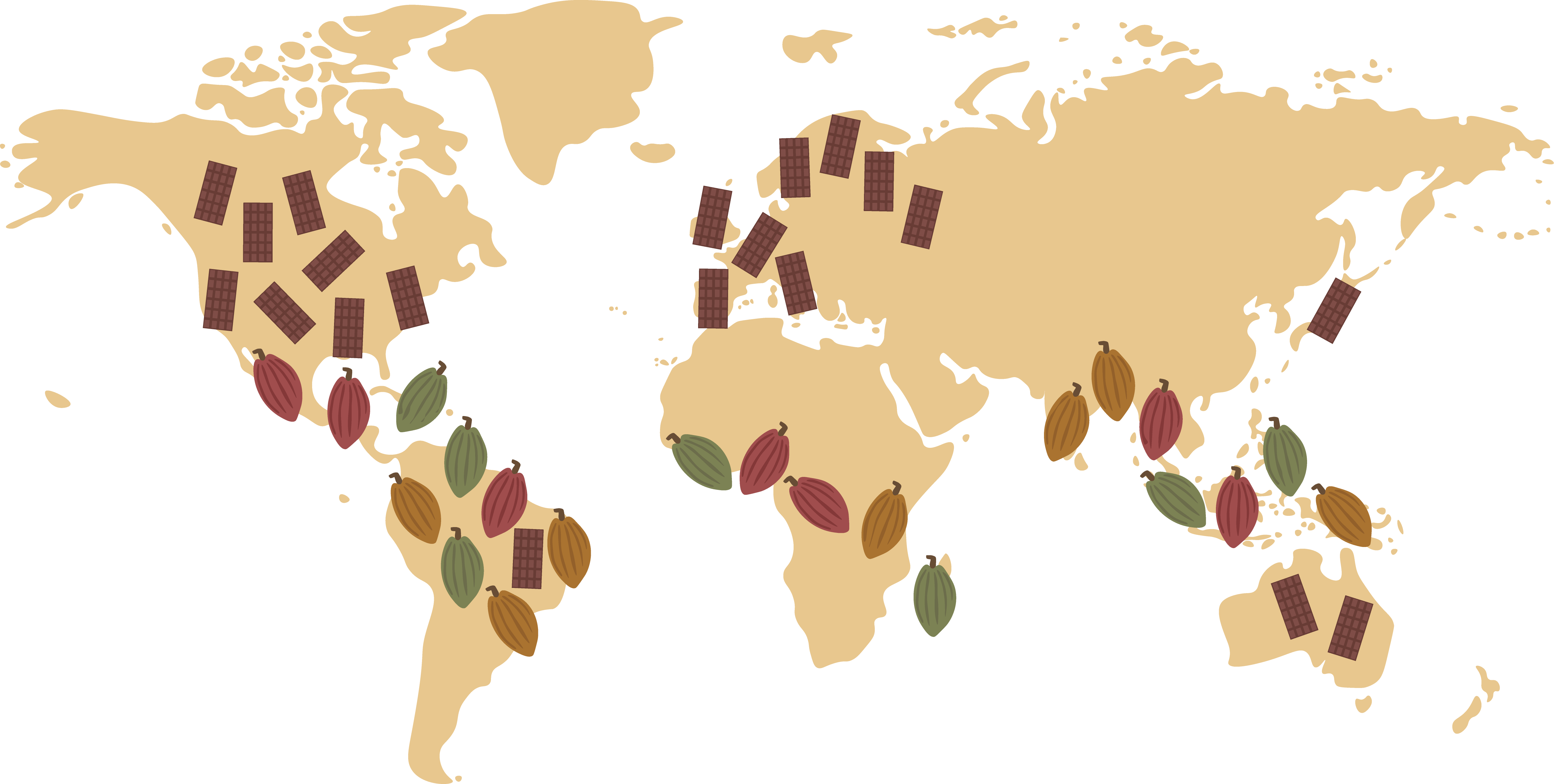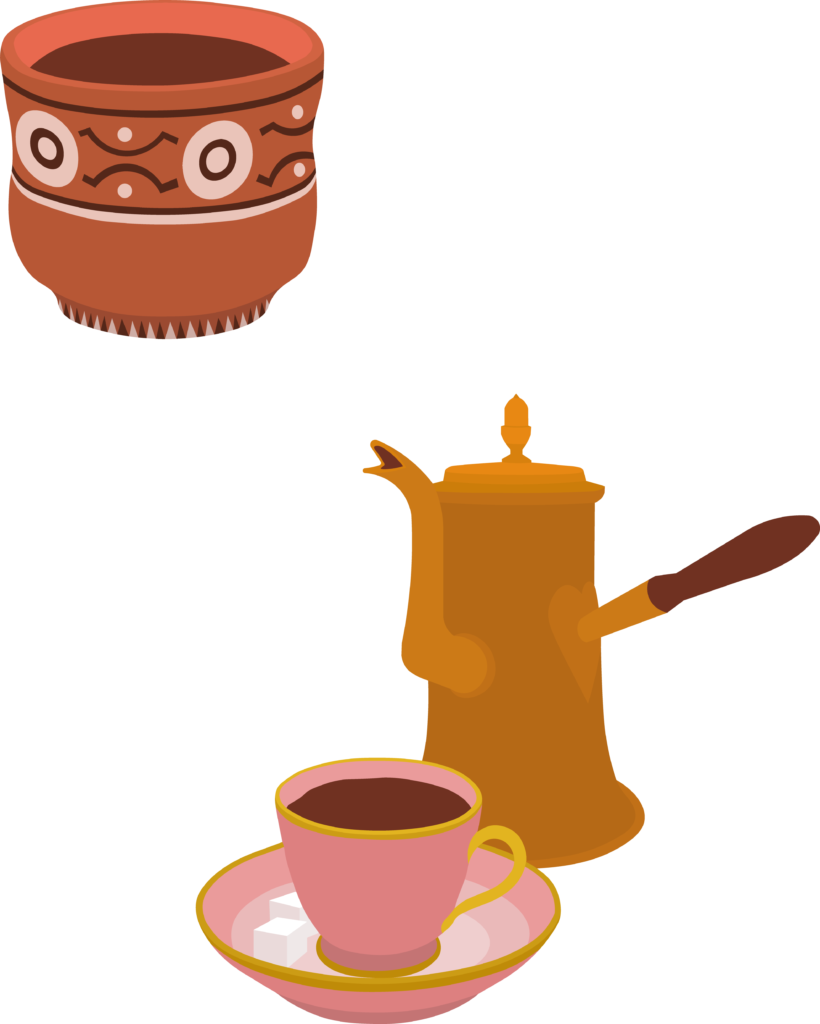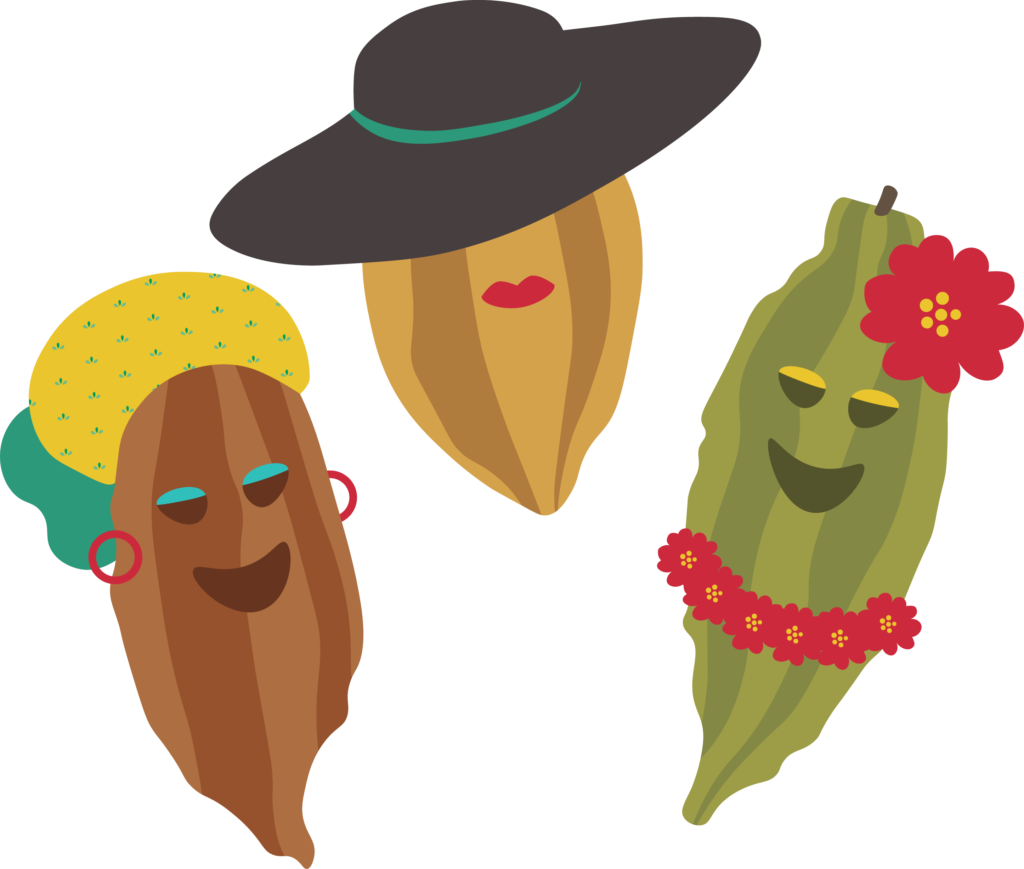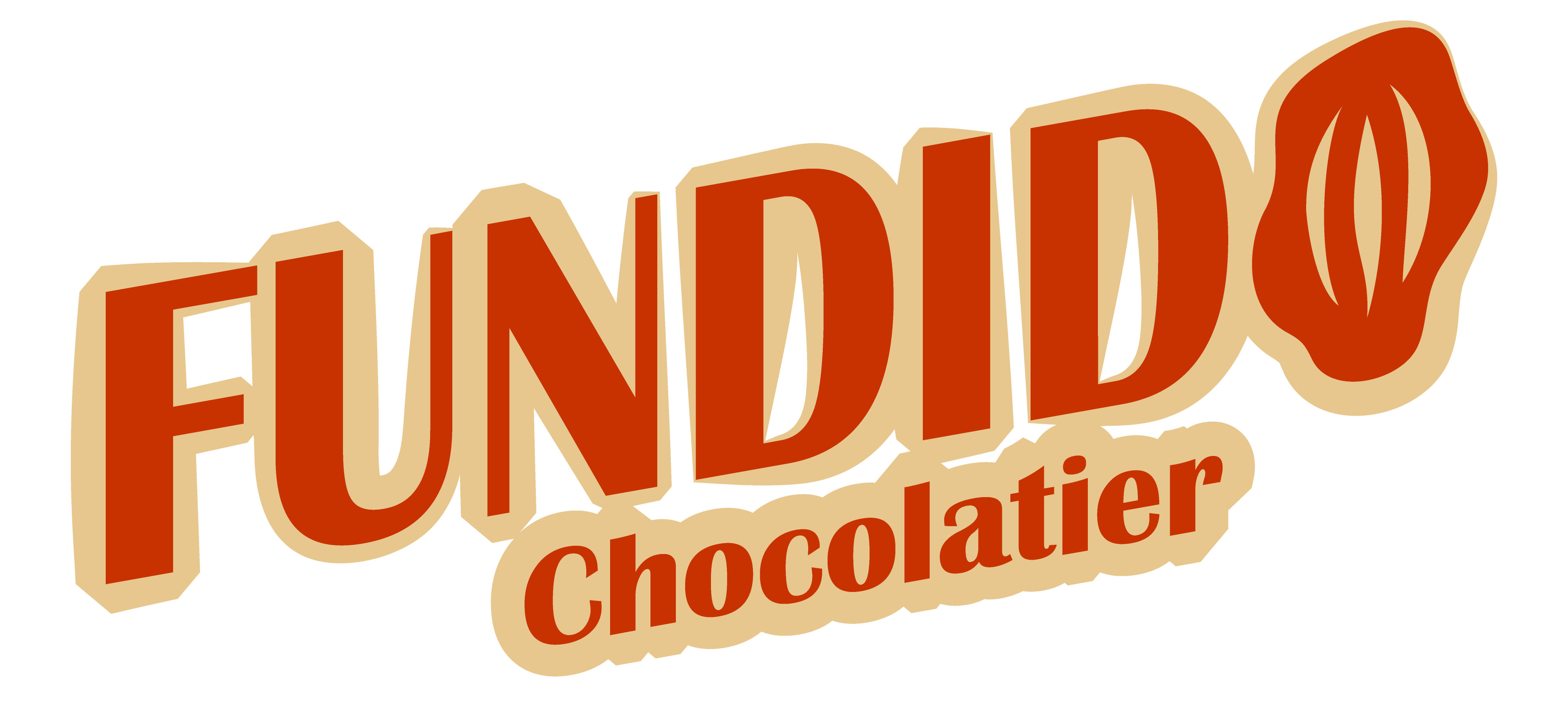Let's talk cacao!
Cacao is everywhere, from chocolate bars to almost every bakery on this planet (and maybe on other planets as well). However, cacao and chocolate are not the same thing. Cacao is a fruit whose origins can be traced back to ancient Mesoamerica, where it was considered a sacred food of the gods, while chocolate (as you know it) is a European adaptation.
The cacao tree
The cacao fruit grows on trees with the scientific name theobroma cacao [Greek: Theos – gods and broma – food, food of the gods]. The name was given by Swedish doctor and botanist Carl von Linné (1707 – 1778).
The cacao fruit is a ‘pod’ that looks pretty much like an oval-shaped football. They have the most beautiful colours, from yellow to green and bright red. They grow from the trunk and mid branches of the tree. Each pod has a hard exterior shell from about one centimetre thick that must be cracked open. Inside lies the treasure that gives life to chocolate, 30 to 60 cacao seeds (exactly, not beans), each covered in a white, slimy, sweet pulp or mucilage. Both (seeds and pulp) influence the flavours of the chocolate bars. However, they play different roles in the chocolate making process.

The origin of cacao
Despite this being a controversial topic, one thing is for sure: cacao is originally from the Americas and to be even more precise, from the tropical belt. That’s the region between 20° North and 20° South of the equator.
There seems to be a race between several South and Central American countries that want to have the honour of being the first place where this seed appeared on the planet. It’s an endless and pointless discussion among countries like Mexico, Brazil, Ecuador, Colombia and Venezuela. To be honest, Ricardo wouldn’t mind if Venezuela was the winner on this one 😉
On the one hand, archaeologists traced the origin of chocolate to Central American countries associated with the Mayans and Aztecs. On the other hand, Van Hall stated in 1914 in his book “Cocoa” that the most probable origin of cacao is the region of the Orinoco and Amazon basins (this is basically Venezuela!). Other theories talk about the origin of cacao in the Upper Amazon, near the Colombian-Ecuadorian border. However, the hypothesis that has been supported by most of the authors is…
The one suggesting separate simultaneous origins in South and Central America.
Whatever the truth is, cacao has been one of the most significant and symbolic foods that the Americas brought to the world, despite the fact that it is not the most relevant in economic terms. Paradoxically, today, the countries with the highest cacao production are not in the Americas but in Africa and Asia. This doesn’t mean that cacao is no longer cultivated in the Americas. On the contrary, it continues to be an important product.
An interesting fact: in terms of consumption, most of the world’s cacao production is consumed in Europe, which absorbs approximately half of the world’s cacao.
Let’s recap! Cacao has its origins in South and Central America, but today it’s largely produced in Africa and Asia, and mostly consumed in Europe (followed by North America).

From sacred food of the gods to our beloved chocolate
Cacao was spread around the world the same way as other American crops such as tomatoes, maize and potatoes; through European colonisation. After Spanish conquistadors invaded Mexico in 1519, they started to bring fermented cacao beans back to Europe.
The Aztecs would remove the beans from the pods, ferment them, dry them, and then grind them. They would mix the resulting paste with water and spice it up with chilli peppers or other ingredients such as vanilla or honey (that doesn’t sound bad at all).
The story tells that the king of the Aztecs (a dude called Moctezuma II) had a vault (at least until the Spanish arrived) full of precious gems, gold and… CACAO. The Spanish were so stoked about cacao that they had to bring it ASAP to the royalty (along with many other stolen treasures). This was the moment the Europeans started adding sugar to the cacao beverage and they just LOVED IT. The first approximation to what we know today as chocolate was born.
Another very interesting fact: the Portuguese ultimately brought cacao to West Africa in the early 19th century, having planted the first trees in São Tomé and Principé around 1822.

The diversity of cacao
Today, there are three main varieties of cacao sold on the market (at least from a commercial point of view): Forastero, Criollo and Trinitario. Criollo and forastero are the two main strains. While Criollo is delicate and rare, Forastero is a sturdy, high-yield* plant that is used in most of the world’s chocolate production. Trinitario is the result of crossbreeding Criollo and Forastero.
*Crop yield means the quantity produced per unit of harvested area.
The Spanish settlers who found cacao in Mexico and Central America labelled it Criollo. The word was originally used to describe people of foreign descent born and raised in the colonies in Latin America. After so many years, the word got different meanings, but it mainly refers to the local-born community, so the local or ‘native’ cacao was referred to as Criollo. Cacao from other regions was then labelled Forastero which means stranger, alien or outsider in Spanish. The third strain was labelled Trinitario. It simply refers to the place where the forastero and criollo strains cross-pollinated, the Island of Trinidad. If we had to define Trinitario in one word, it would be versatile. Trinitario is more resistant than Criollo, but tastier than Forastero. It seems to be a good balance between both of them.

Although to this day the traditional classification – Criollo, Forestero and Trinitario – is the most commonly used by chocolate makers due to commercial convenience, we also have to mention that many other variants exist. In 2008 biologist Juan Carlos Motamayor, together with a group of researchers, overturned the conventional subdivision, arguing that it was too simplistic and not fully correct, and came up with a new proposal consisting of 10 predominant genetic groups: Amelonado, Criollo, Nacional, Contamana, Curaray, Guiana, Iquitos, Marañon, Nanay and Purús. Motamayor named them according to their geographical location or the place where they have traditionally been cultivated.
Bean-to-Bar chocolate is made from fine-aroma cacao variants. On most of the chocolate bars we sell, you will be able to find the variety of the cacao somewhere on the packaging. Let’s see which one becomes your favourite 😉
The cacao variety, but also the age of the trees, the soil, the climate, the surrounding vegetation and post-harvest treatments have a major impact on the flavour of the cacao seeds. There are hundreds of aromatic notes. Actually, the International Institute of Chocolate (believe it or not, it exists) developed a really nice ‘Chocolate and Cacao Flavour Profile Map’. Likewise, many other food scientists have developed other ways of showing the different notes of cacao. For instance, we can mention Dr. Elba Sangronis, a food scientist and one of Ricardo’s professors in Venezuela. She developed the ‘Flavour Wheel of Venezuelan Cacao’.
